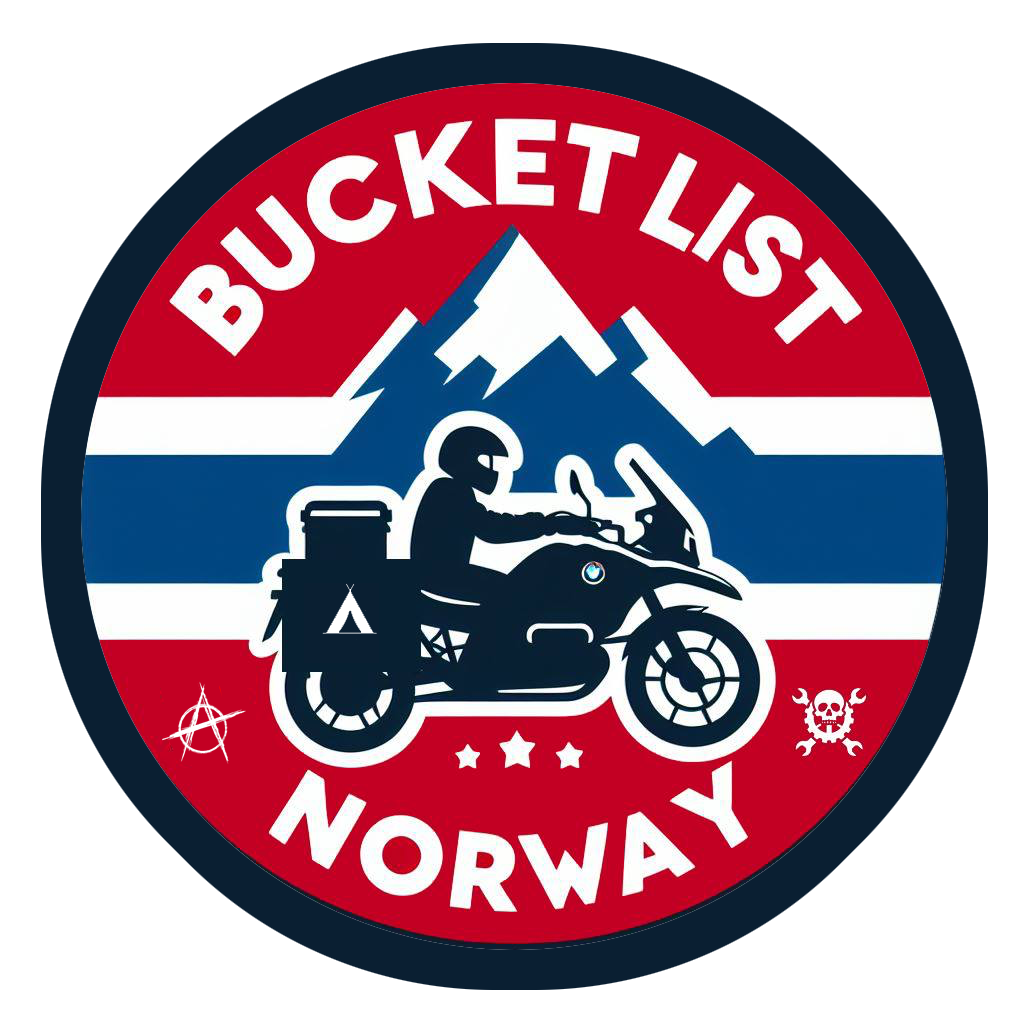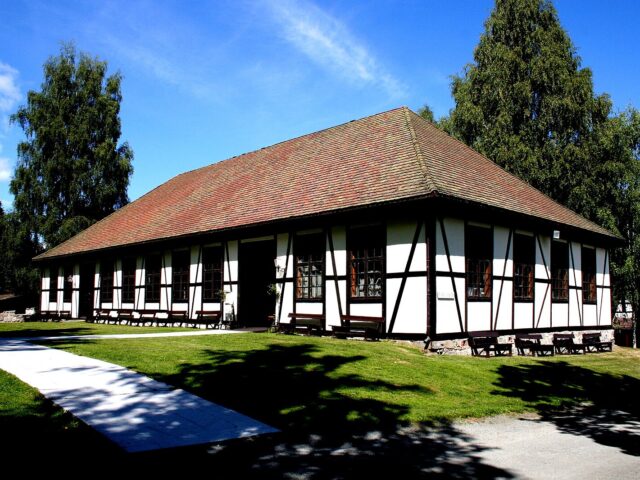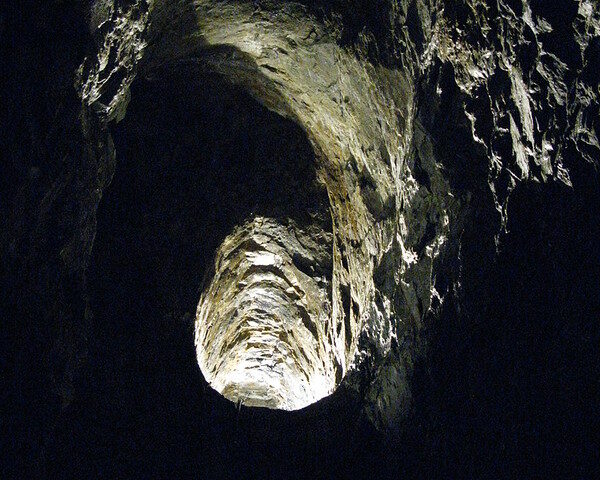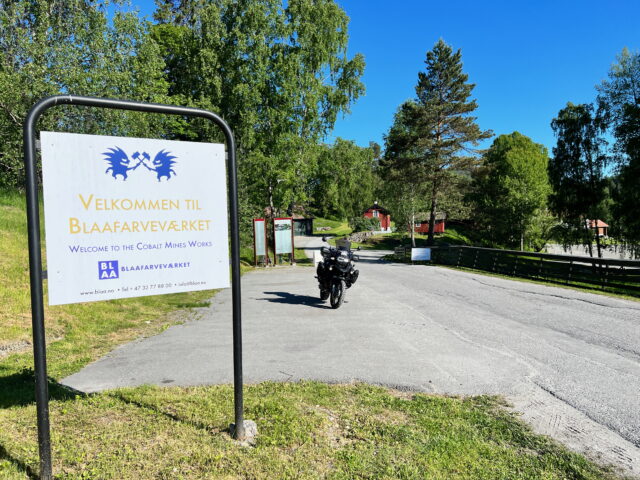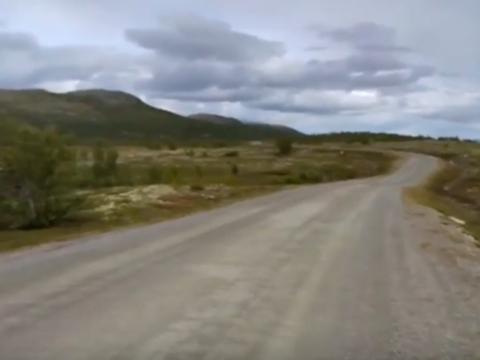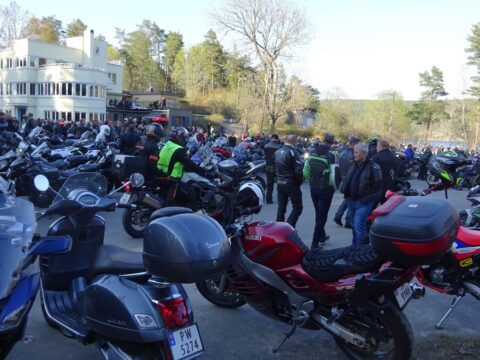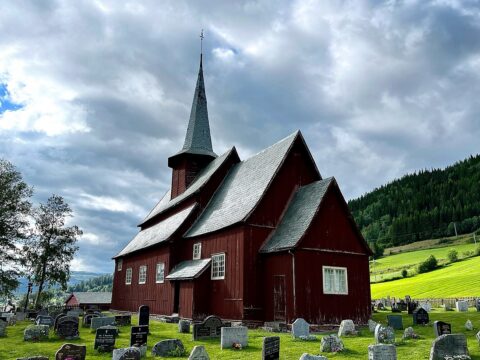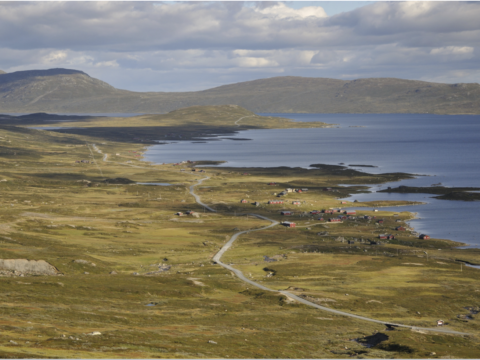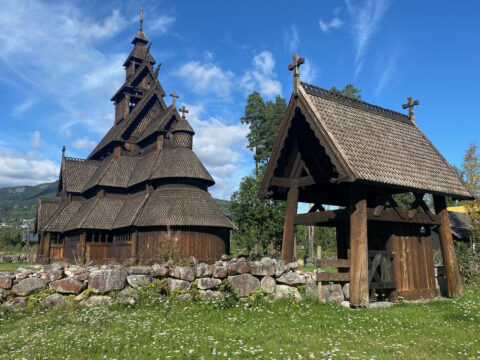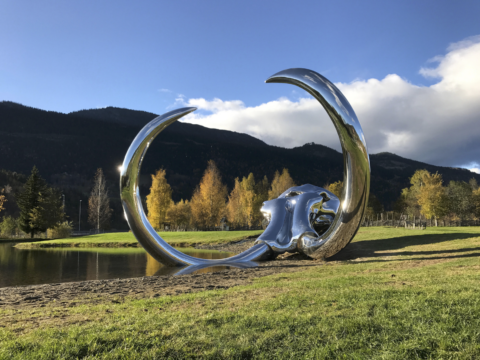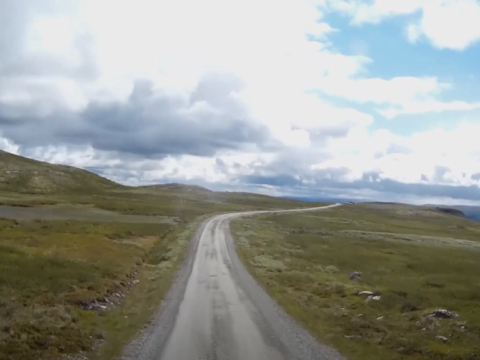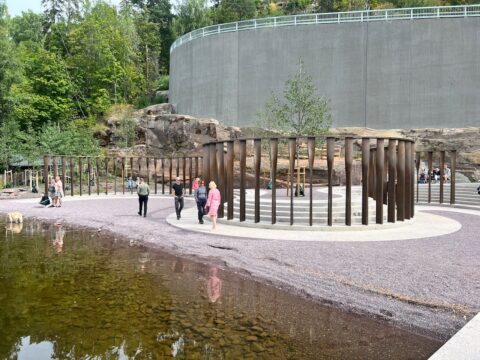Blaafarveværket, also known as the Blue Colour Works, is a significant historical and industrial site located in Åmot, Modum in Buskerud, Norway. Established in 1776, it was Norway’s largest mining company in the first half of the 19th century, primarily known for its cobalt mining and production of cobalt blue pigment.
Early History
The origins of Blaafarveværket date back to the discovery of cobalt ore at Skuterudåsen in 1772 by Ole Witloch, a dismissed and exiled miner from Kongsberg. The company was officially founded by King Christian VII of Denmark-Norway in 1776, under the name Det kongelige Modumske Blaafarveværk. This establishment represented a significant investment, equivalent to the tax revenues for all of Denmark-Norway for an entire year.
Royal Ownership and Early Operations
Initially, Blaafarveværket’s operations were closely tied to the Royal Porcelain Factory in Copenhagen, as cobalt was essential for decorating porcelain. The company faced several challenges in its early years, including unqualified leadership and financial difficulties. However, the hiring of Georg Christopher Bernstein in 1783 marked a turning point, as he managed to get the production up and running.
The Benecke-Wegner Era
During the Napoleonic Wars, Blaafarveværket was pledged by King Frederik VI as security for a loan. When the state could not redeem the pledge, it was taken over by the bankruptcy estate of Swedish businessman Peter Wilhelm Berg. In 1822, the company was sold at auction to Wilhelm Christian Benecke and Benjamin Wegner, marking the beginning of its heyday.
Under Benecke and Wegner’s ownership, Blaafarveværket became the largest industrial company in Norway. The company revolutionized mining techniques, increased output significantly, and employed over 1,200 workers. By 1835-40, Blaafarveværket produced 80% of the world’s cobalt pigment.
Decline and Closure
The revolutions of 1848 and competition from synthetic ultramarine led to the company’s bankruptcy in 1849. Although greatly reduced, operations continued until 1898.
Modern Era and Museum
In 1968, Blaafarveværket was transformed into an open-air industrial museum and art gallery, run by the non-profit foundation Stiftelsen Blaafarveværket. Today, it is one of Norway’s most visited attractions and the largest and best-preserved traditional mining museum in Europe.
Visitor Experience
Visitors to Blaafarveværket can explore the cobalt mines through various guided tours. This includes the Children’s Tour, Historical Tour, and Mine Safari. The museum also features exhibitions about mining and the Theodor Kittelsen Museum.
Blaafarveværket stands as a testament to Norway’s rich industrial heritage and its significant role in the global cobalt market during the 19th century. Its transformation into a museum ensures that this historical gem continues to educate and inspire future generations.
YouTube video by Blaafarveværket
ÅMOT WEATHER